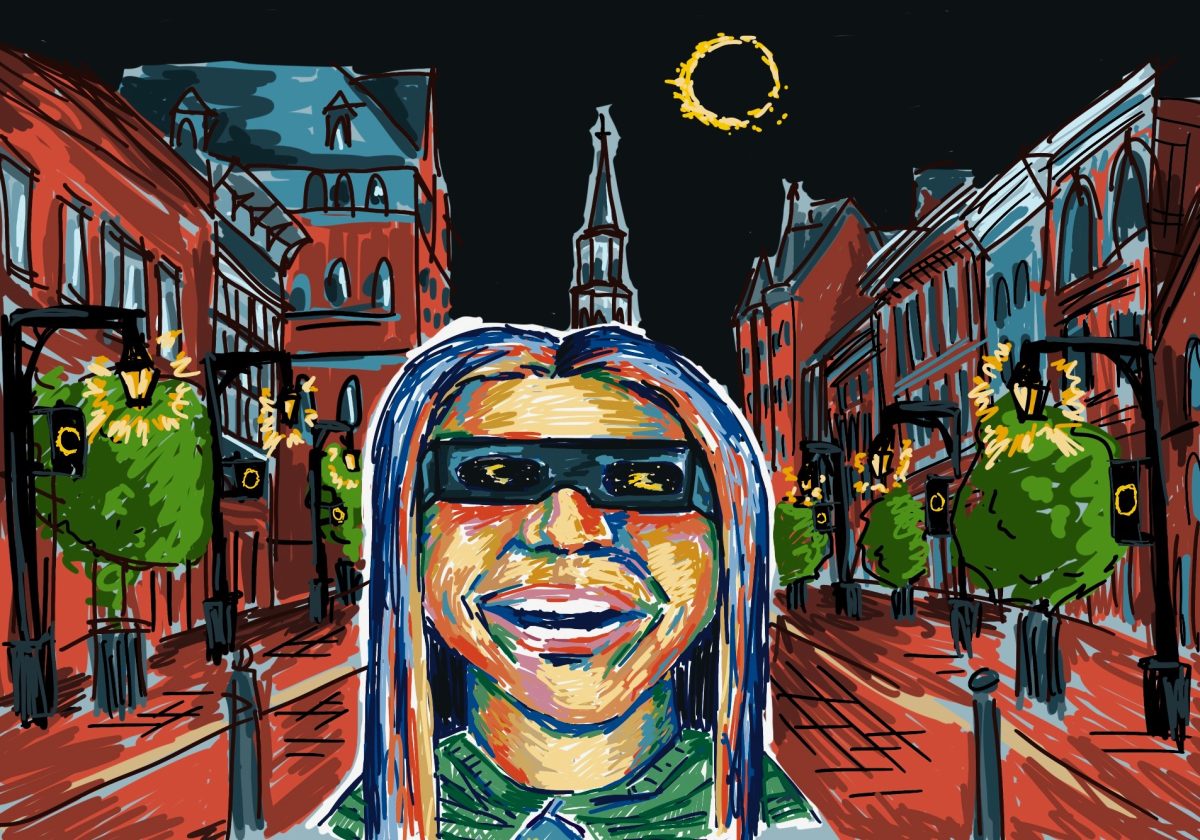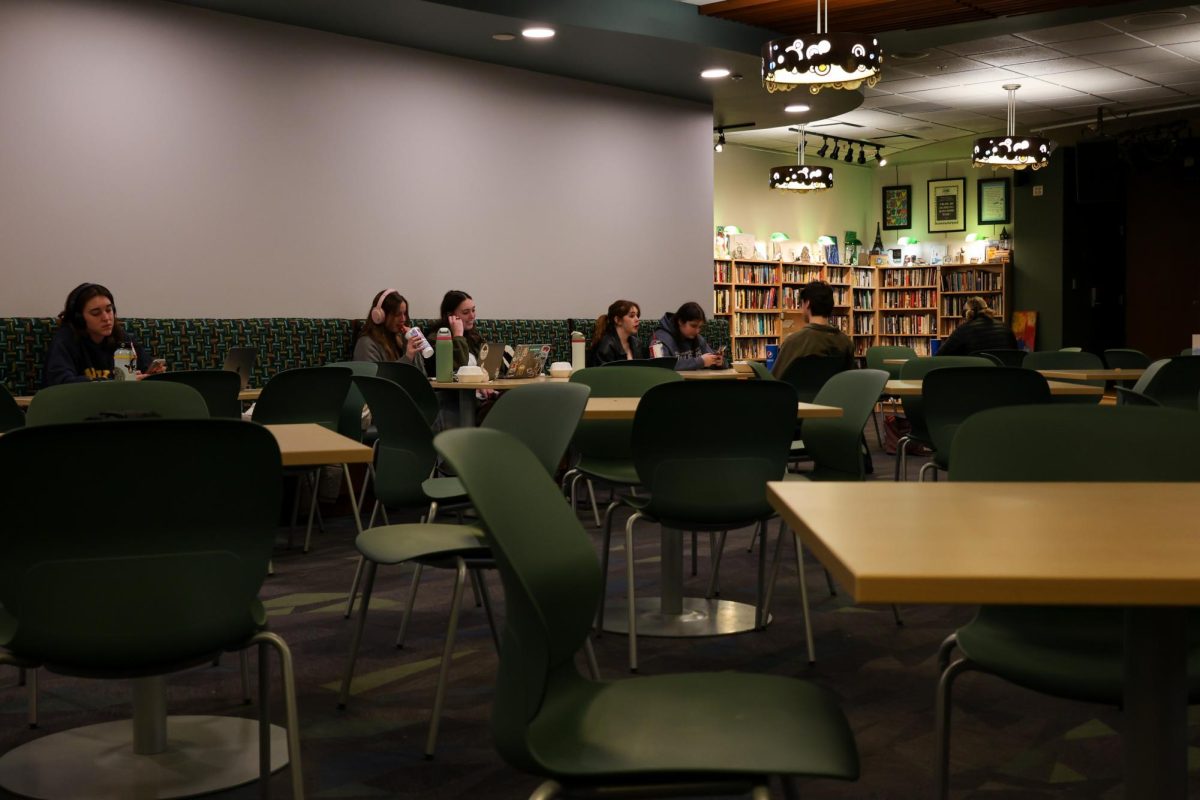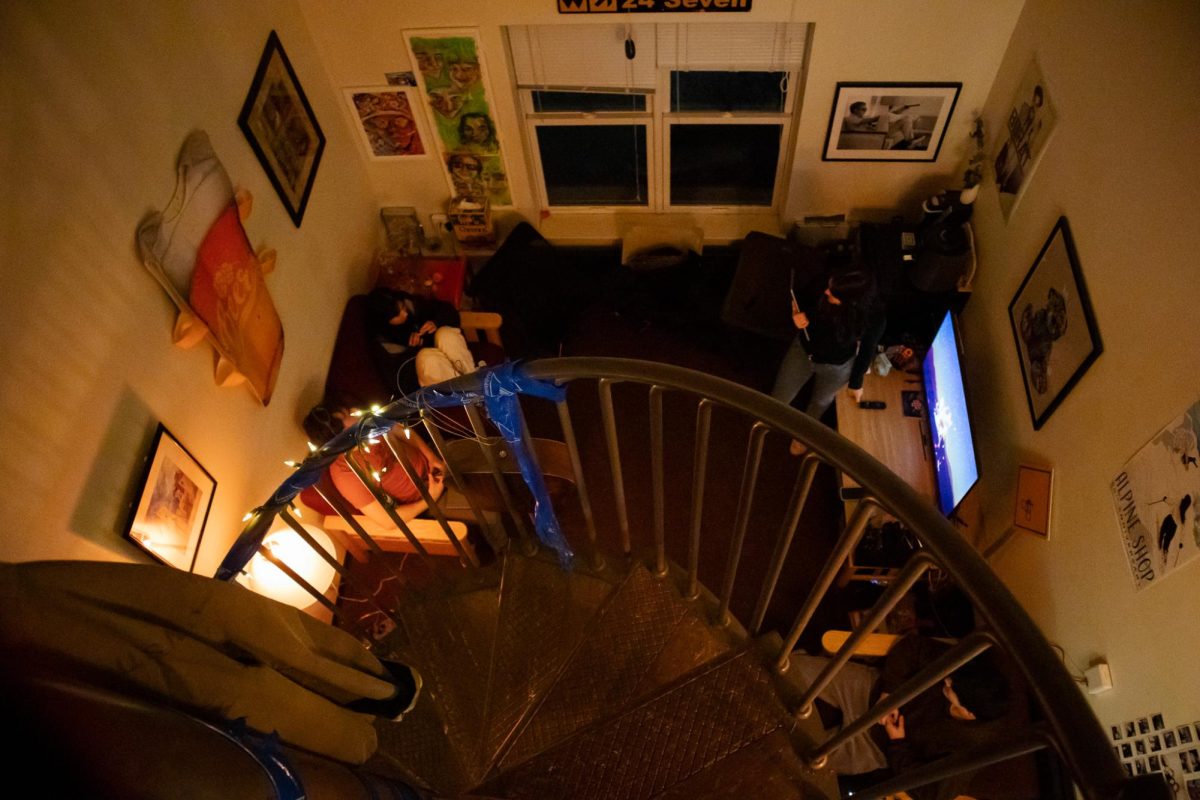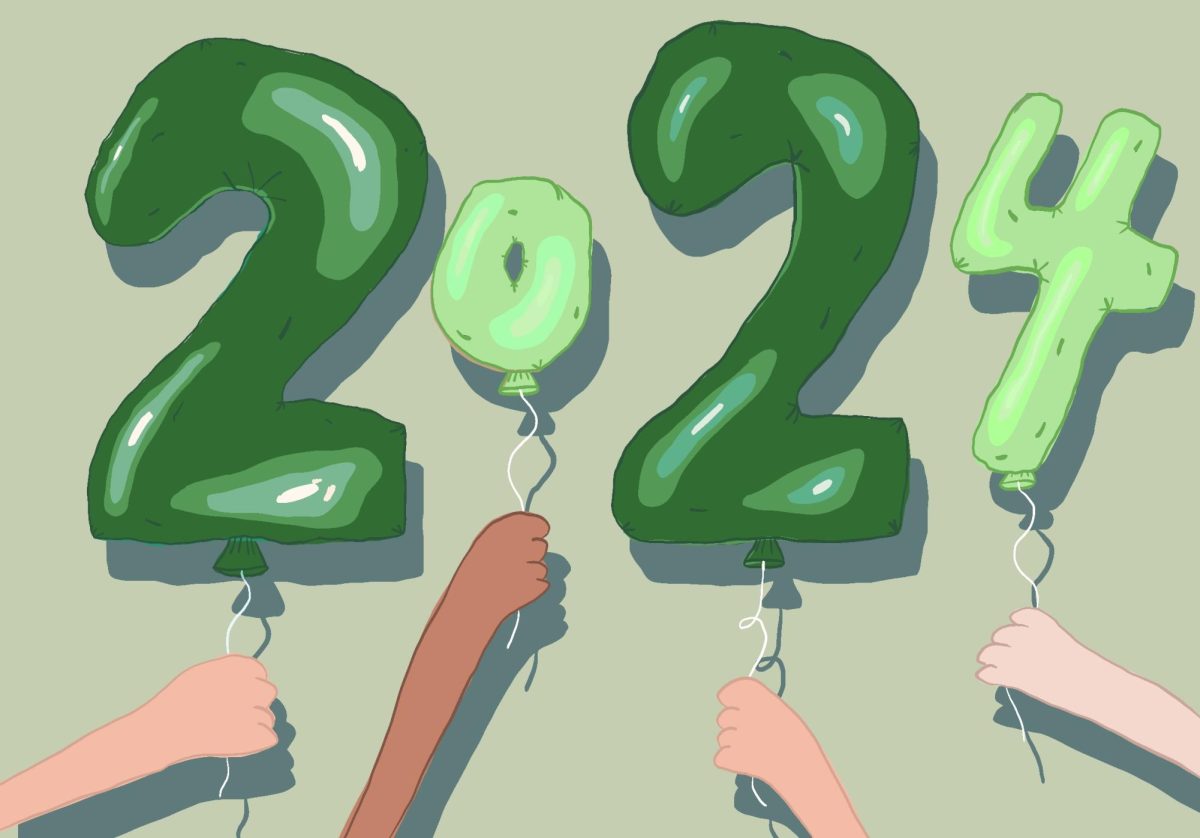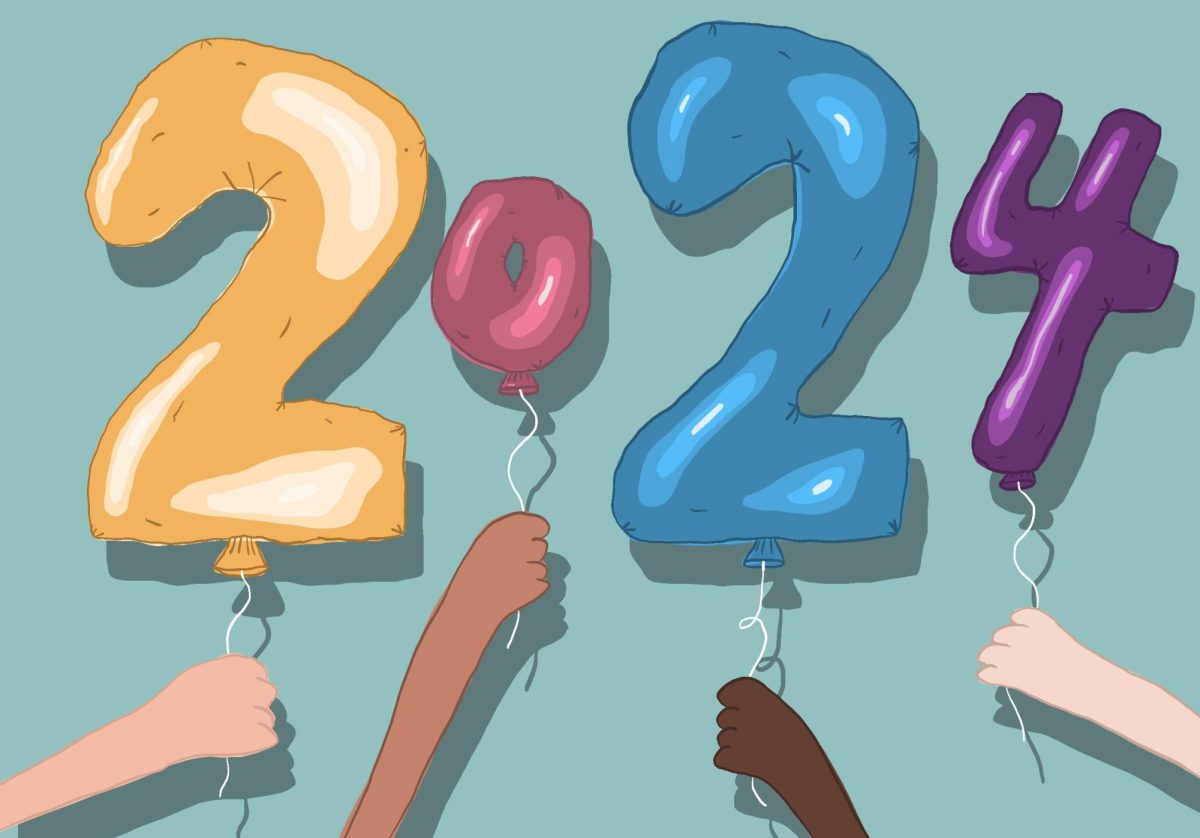“Kake Walks and Dance Competitions: Race and Performance in American Popular Culture,” the final event marking the launch of the Center for Digital Initiatives’ new digital collection “Kake Walk at UVM” took place Oct. 4 in the Royall Tyler Theatre. UVM Outreach librarian Robin Katz, one of the primary organizers of the collection, said she hopes that the online collection will start a dialogue about Kake Walks and race relations among students and researchers not only at UVM but across the country. The collection development began a year ago when Katz discovered the material chronicling the history of Kake Walk at UVM in the University’s archives. Katz and Dr. Brian Gilley, associate professor and director of ALANA U.S. ethnic studies program, selected items for digitization. Katz said she realized the value of this material and thought it should be digitized and made available because of its research value. The event featured Dr. Thomas DeFrantz, professor of music, theater arts, comparative media studies and women’s and gender studies at Massachusetts Institute of Technology, as the speaker. Dr. DeFrantz’s presentation detailed the basic historical development of Kake Walks as part of African American culture, and its evolution into a social dance and performance tool. Kake Walks originated on southern plantations as a partnered dance during cornhusking festivals. Slaves would perform a parody of the dances done by their masters in the “big house, ” DeFrantz said. Kake Walking eventually became popular and developed into competitions in which the winners would receive cake, hence the name Kake Walk, DeFrantz said. As Kake Walking grew in popularity and evolved into an actual dance style choreographed on Broadway and in film, it also spread as a social dance with great success in colleges, including UVM. Kake Walking competitions became the most participated-in event at the annual winter carnival lasting from 1893-1969, he said. Fraternity men would dress up in costumes, including blackface makeup and wigs and perform a choreographed dance they had rehearsed for months. The performances were originally held in Old Mill. The online collection contains newspaper articles, pictures and other documents recording UVM’s Kake Walking history that Robin Katz said she hopes will help UVM take ownership of its past. English and ALANA studies Professor John Gennari suggested Dr. DeFrantz as the lecturer for the evening. “We should understand the history of our institution,” Gennari said. This addresses the race issue and allows for a serious study of race that can help us to understand “whiteness,” Gennari said. “The Kake Walk performance itself is a racial masquerade.” “This doesn’t have to be racist,” Gennari said. “We can explore the idea of race without being racist.”







